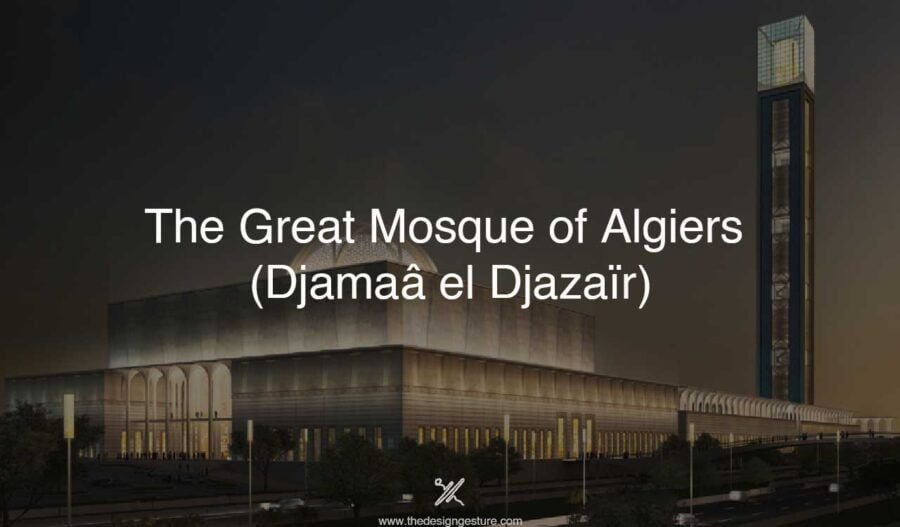Table of Contents
Introduction
Architecture encompasses more, than structures; it embodies the rich history, cultural heritage, and identity of societies. The worth and cultural significance that communities appreciate is demonstrated by heritage preservation. In this article, the importance of architectural conservation is mainly focused on covering all the crucial aspects such as the introduction to architectural heritage, protection, and heritage tourism. So let’s begin!
Architecture Cultural Heritage: A Window into the Past
Architectural heritage, as defined by the “UNESCO 1972 World Heritage Convention,” are groups of buildings and settings that are immensely significant from the vantage points of history, art, and science on a global scale. The identity of a cultural heritage is formed from its historical and aesthetic characteristics, claims modern restoration theory. A historical structure comprises a complex system of regions, volumes, materials, surfaces, structural elements, present and prior uses and configurations, degradation, etc. A lengthy process of historical evolution and adaptation led to the final product.
A building’s physical representation of the cultures and cultural values that were prevalent at the time it was built can be thought of as an example of architectural heritage. The one who study architectural heritage needs to be expertise in historical investigation and most importantly surveying. All structures, groups of structures, and monuments are therefore real estate whose aesthetic worth or historical significance has been acknowledged. The correspondence structures are under the category of “architectural heritage”.

Monuments include all notable historical, archaeological, artistic, scientific, social, or technological buildings, as well as their fixtures and fittings. “Groups of buildings” are homogenous collections of urban or rural structures that are noteworthy for their scientific, social, technological, historical, aesthetic, or aesthetic-archaeological significance, and are sufficiently coherent to form topographic units.
Architectural Conservation: Sustaining Legacy
Historic structures are preserved, restored, and maintained as part of conservation practises. Preservation of significant structures or architectural values is known as architectural conservation. Damaged monuments from the time of the Ancient Greeks were repaired to preserve their original appearance. In older times, mostly religious monuments used to get restored and a wide spectrum of different restoration techniques were used to preserve.
Prior to the late 1700s, religious convictions and, in certain cases, the idea that maintenance and repair were less expensive than replacement and reconstruction frequently drove conservation efforts for religious structures.

In order to preserve the cultural heritage, different steps are taken care of and these steps include to improve the heritage’s physical condition, to lessen the erosive forces and sometimes the conserver also focuses on the aesthetically pleasing and symbolic components. The fundamental goal for the conservation of the architectural heritage is to make sure that the one eliminate substances that compromising the heritage’s physical state. The two primary categories in conservation are preservation of the physical elements and preservation of conceptual values.
According to the Burra Charter, conservation is a set of methods that enables one to understand the principles, significances, messages, and concepts concealed inside heritage sites. The restoration work uses the specific materials as per the need of the work to be done, doing knowledgeable researches about the actual work to be done and applying best architectural methods to preserve the surroundings of historic structures. Other factors can include the influencing components, techniques and knowledge that is directly proportional to the restoration work.
Heritage Tourism: Beyond Aesthetic Appreciation
Given that cultural tourism includes heritage, it is important in today’s society. There are different ways to learn history, some people just learn by exploring around to architectural landmarks and museums while others just learn it from the books. Tourism and culture have developed all over the world as a way to revitalise dilapidated structures and open spaces for contemporary uses because these locations attract tourists from all over the world who appreciate the value of charm because it offers the chance to preserve both traditional culture and modern values.

A few of the objectives of architectural heritage tourism are heritage preservation, accurate resource interpretation, authentic tourist experiences, and the promotion of cultural resource revenue. Heritage tourism have numerous concerned that need to be figured out for the growth of the tourism in architectural heritage and most importantly it include economical resources, promotions and sometime the consequences of indigenous people and their business.
Apart from this, there are few more issues that need to be addressed as well and it include the acknowledgment, management, and maintenance of heritage resources. Another important factor that should also be taken into account is to measure anticipated effects of the tourist on the local people especially concerning about their customs. Neglecting to acknowledge the significance of abandoned buildings and settings, which are also always in danger of decay or redevelopment, results in a lost chance to strengthen a community’s and a place’s identity.
The Importance of Architectural Conservation
The only way to keep the past, present, and future connected is through architectural conservation. In order for the architectural evolution of humanity to last longer and be perpetuated over time, architectural conservation promotes the maintenance of design durability. Along with any enduring ideals or traditions from former eras, the architectural legacy of our local communities as well as its considerable architecture heritage must be maintained.

The world’s architectural heritage is in danger mainly due to two reasons, which include the lack of knowledge and the skills. Others are in danger, while others have already passed away. Architectural heritage is a sort of legacy, that needs to be defined, understood and most important preserve for the future generations to learn about the past. In addition to this, architects and archaeologists can learn from the past a numerous things and can avoid the mistakes our ancestors did. This research can also serve as an inspiration for modern designs.
Conclusion
In conclusion architectural heritage preservation is closely entwined with safeguarding. These structures serve as repositories of history, values and artistic expression. Through practicing conservation methods diligently ensures that these legacies remain reminders of the past for future generations to cherish. Additionally a heightened awareness, about these treasures is spread through heritage tourism initiatives which further reinforces the importance of preserving our wonders.
Looking ahead it is crucial to embrace preservation. This not pays only tribute to our history but also deepens our comprehension of collective identity, as a global community.




